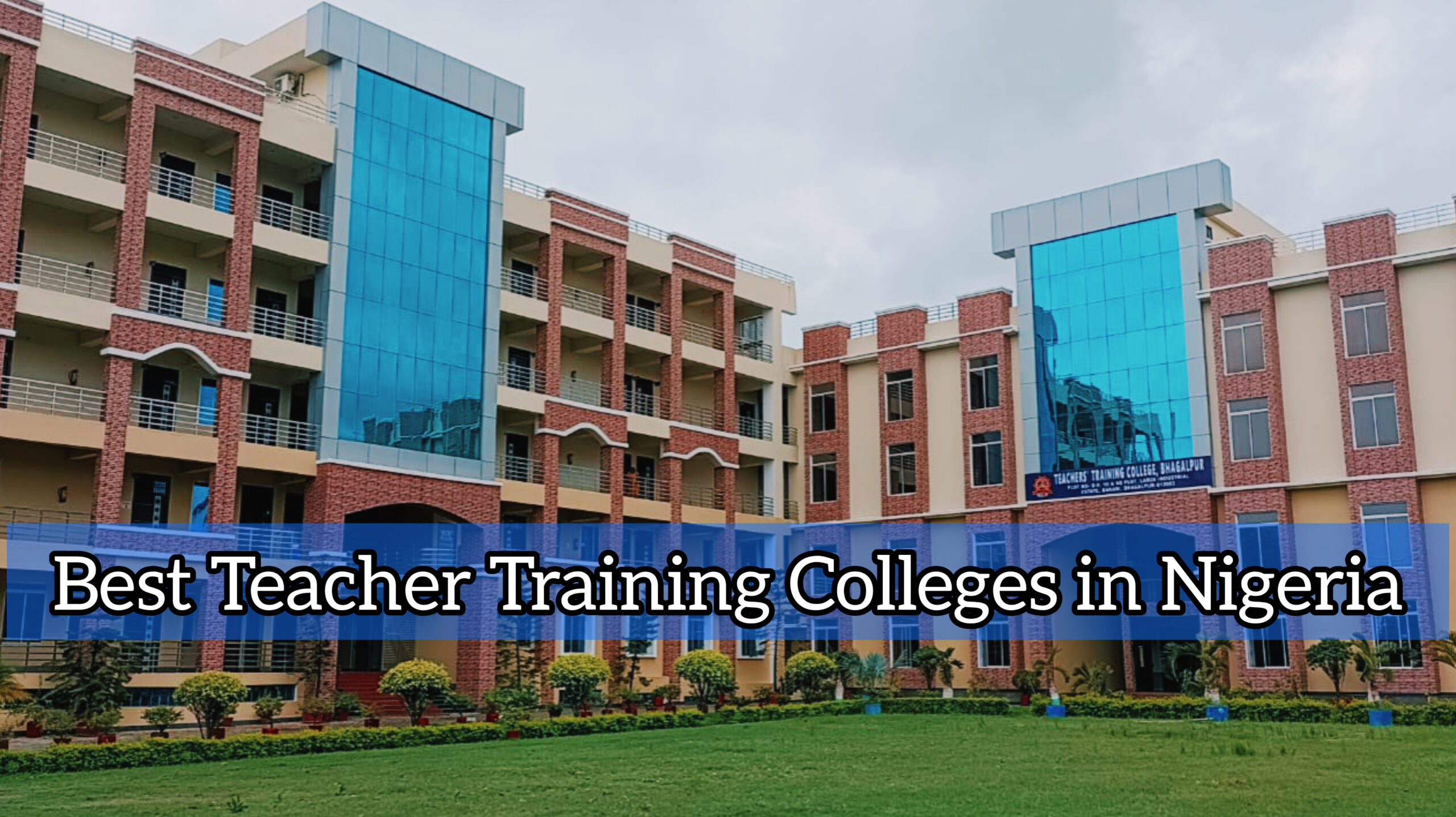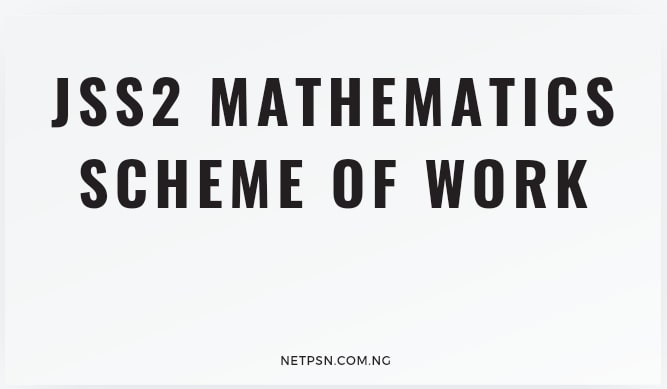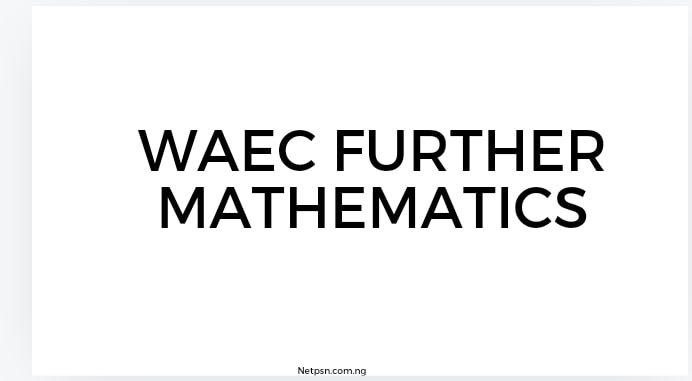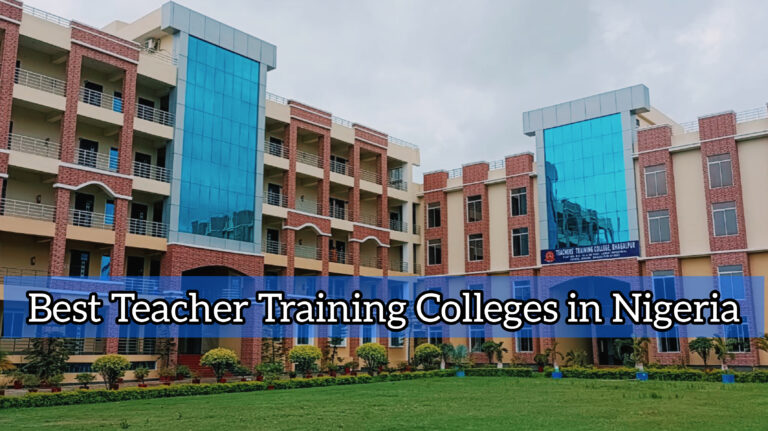The SS1 Mathematics Scheme of Work is a structured outline designed to provide a progressive approach to learning mathematics in Senior Secondary School 1 (SS1). The curriculum covers foundational concepts that prepare students for advanced mathematics in subsequent years.
Each term builds on previously introduced concepts, promoting an understanding that aligns with the educational standards set by the Nigerian Ministry of Education.
2. First Term Mathematics Scheme of Work for SS1
The first term introduces fundamental concepts critical to forming a solid foundation in mathematics. Topics covered this term are essential for more complex concepts that students will encounter later.
2.1 Basic Concepts and Number Operations
- Number Bases: Understanding various number bases, such as binary, octal, and decimal, and converting between them.
- Indices and Logarithms: Basic rules of indices, introduction to logarithms, and their applications in solving exponential equations.
- Approximation and Estimation: Techniques for rounding numbers and estimating results to increase accuracy in calculations.
2.2 Algebraic Expressions and Equations
- Introduction to Algebra: Fundamental principles of algebra, including terms, coefficients, and constants.
- Simplification of Expressions: Simplifying algebraic expressions through addition, subtraction, and factorization.
- Solving Linear Equations: Techniques for solving simple linear equations and inequalities.
2.3 Geometry and Measurement
- Angles and Polygons: Understanding types of angles, properties of polygons, and theorems related to triangles and quadrilaterals.
- Mensuration: Calculation of area, perimeter, and volume of basic shapes such as circles, rectangles, and spheres.
- Coordinate Geometry: Introduction to plotting points, understanding the Cartesian plane, and finding distances between points.
3. Second Term Mathematics Scheme of Work for SS1
The second term focuses on statistics, probability, and financial mathematics, adding practical and real-world applications to the mathematical concepts.
3.1 Statistics and Probability Basics
- Data Collection and Analysis: Methods of gathering and analyzing data, including mean, median, and mode.
- Probability Fundamentals: Basic concepts of probability, calculating probabilities for simple events, and understanding chance and likelihood.
3.2 Linear Equations and Inequalities
- Advanced Linear Equations: Solving and graphing linear equations with one and two variables.
- Simultaneous Equations: Solving systems of equations using substitution and elimination methods.
3.3 Financial Mathematics
- Simple and Compound Interest: Calculation methods for interest, including real-life applications in finance and banking.
- Profit and Loss: Concepts of cost price, selling price, and profit/loss percentages.
- Exchange Rates: Understanding currency exchange, conversions, and their practical applications.
4. Third Term Mathematics Scheme of Work for SS1
In the third term, students delve into advanced topics like trigonometry, transformations, and logical reasoning, rounding out their SS1 math journey.
4.1 Trigonometry Essentials
- Introduction to Trigonometric Ratios: Definitions and applications of sine, cosine, and tangent in right-angled triangles.
- Angle of Elevation and Depression: Applying trigonometry to solve real-world problems involving heights and distances.
4.2 Transformation Geometry
- Basic Transformations: Translation, rotation, reflection, and enlargement on the coordinate plane.
- Vectors: Introduction to vector quantities, operations, and applications in geometry.
4.3 Logical Reasoning and Set Theory
- Set Theory: Basic definitions, operations, Venn diagrams, and applications of sets in problem-solving.
- Logical Statements and Reasoning: Understanding propositions, connectives, and developing logical thinking skills.
5. Recommended Resources for Effective Learning
To succeed in SS1 mathematics, students are encouraged to use a variety of resources:
- Textbooks: Standard mathematics textbooks recommended by the school or Ministry of Education.
- Online Platforms: Websites such as Khan Academy and Mathway for additional tutorials and practice problems.
- Educational Videos: YouTube channels offering in-depth explanations of topics, particularly in areas where students may struggle, such as trigonometry and geometry.
Conclusion
The SS1 Mathematics Scheme of Work provides a roadmap for students to progress steadily in their understanding of mathematics. By following this structured approach, students build a foundation that prepares them for more advanced studies. This scheme emphasizes not only the theoretical aspects but also practical applications of mathematical principles.
Also Read: JSS2 Mathematics Scheme of Work(for Nigerian Secondary Schools)
FAQs
1. What is the importance of the SS1 mathematics scheme of work?
The SS1 scheme of work ensures students cover all foundational topics necessary for advanced mathematics. It provides a structured learning path that supports gradual progression in complexity.
2. Can students use online resources to supplement the scheme of work?
Yes, online resources like educational websites and video tutorials are highly recommended to reinforce learning and provide additional practice.
3. How can parents support their children in following the SS1 scheme of work?
Parents can support by monitoring their child’s progress, providing access to recommended resources, and encouraging consistent practice and revision of topics covered each term.

















+ There are no comments
Add yours